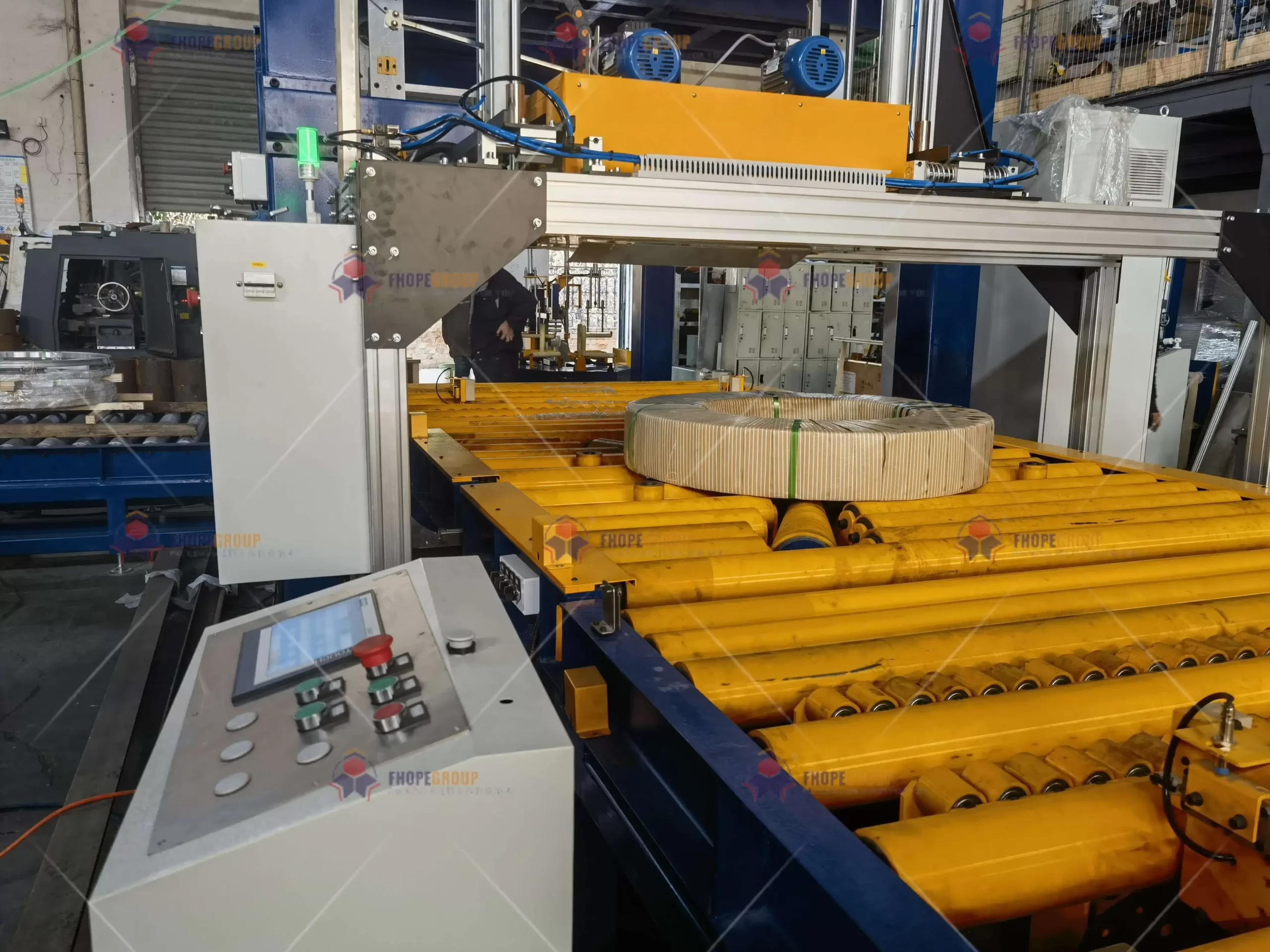What Are the Safety Protocols for Cutting Steel Banding During Unpacking?
Are you wincing at the thought of steel banding snapping back like a viper ready to strike? Many in material handling have felt the sting of these straps, comparing it to a knife’s edge. But steel banding is essential for securing heavy loads. The question isn’t whether to use it, but how to unpack it safely.
Unpacking steel banding requires strict adherence to safety protocols, including wearing proper PPE like safety goggles and gloves, using specialized cutting tools such as duck-billed shears, ensuring a clear and safe workspace, and understanding the potential hazards associated with tension and recoiling straps. Following these guidelines minimizes the risk of serious injuries from sharp edges and sudden strap release.
Let’s dive into the essential safety protocols that transform a potentially hazardous task into a routine operation.
Prioritizing Personal Protective Equipment (PPE) for Steel Banding Removal
Imagine facing a coiled steel beast, ready to unleash its energy. Without the right armor, you’re vulnerable. The inherent danger of steel banding isn’t just hype; it’s a reality that demands respect and, more importantly, robust personal protection. Are you truly geared up for the challenge?
The cornerstone of safety when cutting steel banding is consistent and correct PPE usage. This includes safety goggles to shield eyes from flying debris and recoiling straps, heavy-duty gloves to protect hands from sharp edges, long sleeves and pants to prevent lacerations, and safety shoes to guard against foot injuries from dropped straps or tools. For heavier gauge strapping, consider a face shield and steel-studded gloves for enhanced protection.
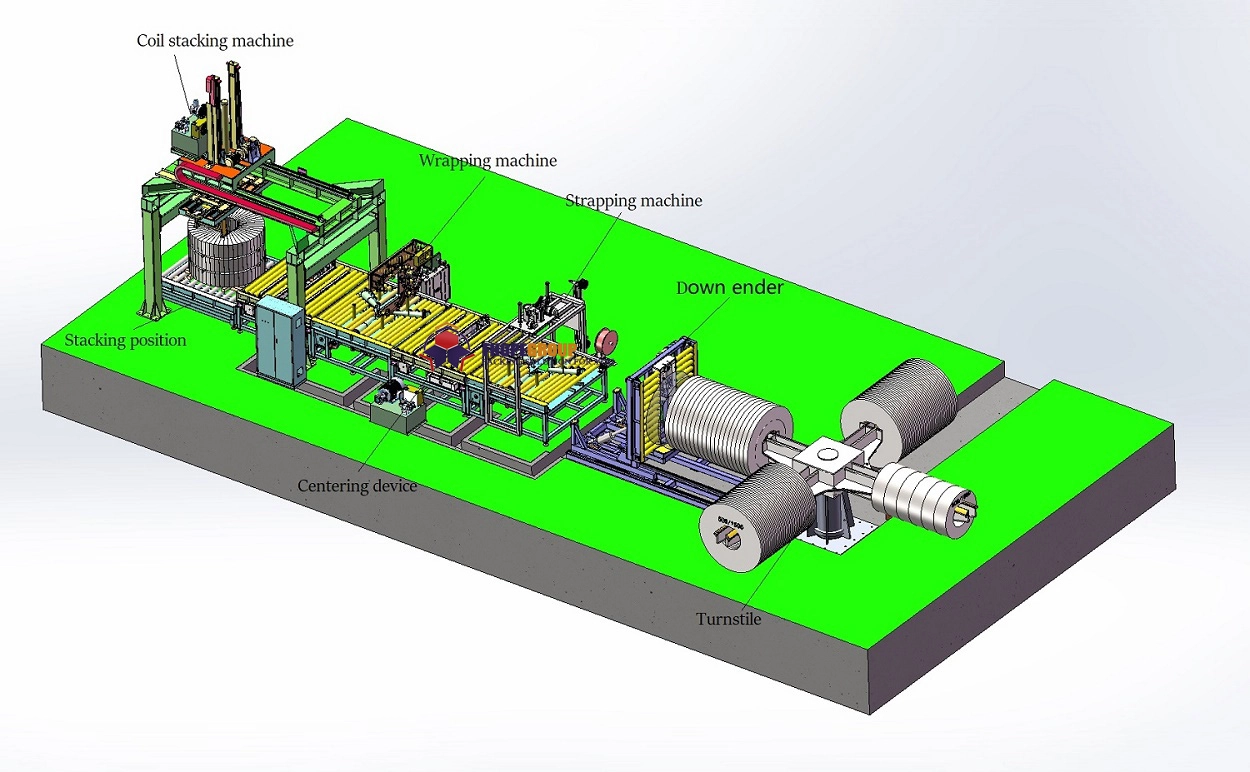
Beyond the Basics: A Deeper Look at PPE Selection for Steel Strapping
While the basic PPE outlined above is crucial, a deeper understanding of the hazards and the corresponding protection levels is essential for comprehensive safety. Choosing the right PPE isn’t just about ticking boxes; it’s about creating a barrier between you and potential injury.
Eye Protection: More Than Just Safety Glasses
Safety glasses are mandatory, but the type matters. Consider these factors:
- Impact Resistance: Ensure glasses meet ANSI Z87.1 standards for high-impact protection. This is critical for deflecting recoiling strap fragments.
- Coverage: Wraparound styles offer better peripheral protection, minimizing the chance of debris entering from the sides.
- Lens Type: Clear lenses are suitable for most indoor unpacking tasks. Tinted lenses may be necessary for outdoor work to reduce glare. For tasks involving potential chemical splashes (though less common in steel banding), chemical splash goggles offer superior protection.
Hand Protection: Glove Material and Gauge
Gloves are your first line of defense against cuts. Leather palm gloves are a good starting point, but consider these enhancements:
- Material: Leather provides abrasion resistance. For heavier gauge steel or straps with particularly sharp edges, consider gloves with reinforced palms or steel studs. Cut-resistant gloves made of materials like Kevlar® or Dyneema® offer superior protection against lacerations.
- Gauge/Thickness: Thicker gloves offer more protection but can reduce dexterity. Balance protection with the ability to handle tools effectively.
- Cuff Style: Gauntlet cuffs extend protection beyond the wrist, safeguarding forearms from recoiling straps.
Body Protection: Fabric and Fit
Long sleeves and pants are mandatory, but the fabric and fit contribute significantly to protection:
- Fabric: Heavyweight, tightly woven fabrics like denim or canvas offer better abrasion and cut resistance than lighter materials. Flame-resistant (FR) clothing may be necessary in environments with fire hazards, though not typically associated with steel banding removal itself.
- Fit: Clothing should be fitted but not restrictive, allowing for a full range of motion while minimizing loose fabric that could snag on straps or equipment. Cuffs should be fastened at the wrists to prevent straps from riding up sleeves.
Foot Protection: Safety Shoes and Beyond
Safety shoes are essential in any material handling environment. When dealing with steel banding, consider:
- Steel Toe Caps: Provide crucial protection against impact and compression hazards from dropped straps, tools, or materials.
- Metatarsal Guards: For environments with a higher risk of impact to the top of the foot, metatarsal guards offer additional protection.
- Slip Resistance: Ensure shoes have slip-resistant soles to maintain secure footing on potentially cluttered or uneven surfaces in unpacking areas.
By meticulously selecting and consistently using appropriate PPE, you create a robust safety shield, significantly minimizing the risks associated with cutting steel banding. It’s not just about wearing something; it’s about wearing the right protection for the specific hazards at hand.
Selecting and Utilizing the Correct Tools for Cutting Steel Strapping
Using a butter knife to open a can of paint? Absurd, right? Yet, many reach for improvised tools when faced with steel banding, dramatically increasing risk. The right tool isn’t just about efficiency; it’s about engineering safety into every cut. Are you equipped with the tools designed for the task, or are you gambling with makeshift solutions?
Employing specialized cutting tools, such as duck-billed shears or long-handled cutters, is paramount for safely removing steel banding. These tools are designed to make clean, square cuts, minimizing sharp edges and maximizing distance between the operator and the recoiling strap. Avoid using makeshift tools like crowbars or hammers, which increase the risk of flying debris and uncontrolled strap release.
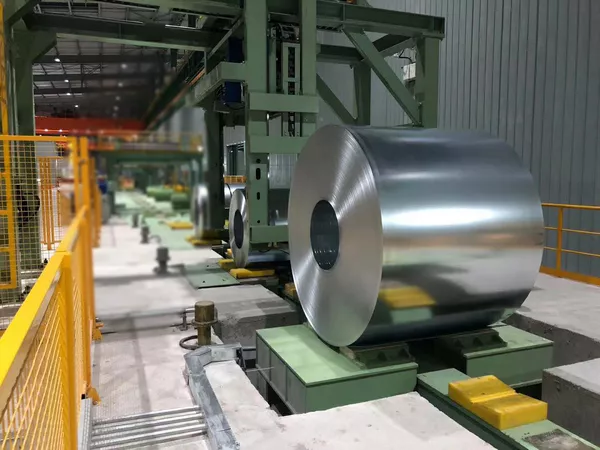
Precision Cutting: Why Specialized Tools are Non-Negotiable
The temptation to "snap" steel strapping with a crowbar or hammer is understandable – it looks quick and forceful. However, this approach is a recipe for disaster. Specialized tools offer critical advantages:
Duck-Billed Shears: The Industry Standard
Duck-billed shears are the go-to tool for steel strapping removal for several reasons:
- Clean Cuts: They produce square, clean cuts, minimizing sharp, jagged edges that can cause lacerations during handling and disposal.
- Control: The shearing action provides more controlled cutting than snapping or breaking, reducing the likelihood of unpredictable strap behavior.
- Safety Features: Many duck-billed shears have features like strap grippers or guides to help secure the strap during cutting, further enhancing control and safety.
Long-Handled Cutters: Distance for Safety
Long-handled cutters offer an extra layer of safety by increasing the distance between the operator and the strap:
- Increased Reach: Long handles allow operators to stand further back from the strap, reducing the risk of injury from recoil.
- Leverage: The longer handles provide increased leverage, making it easier to cut heavier gauge strapping with less force.
- Ergonomics: Longer handles can also improve ergonomics, reducing strain on the operator, especially during repetitive cutting tasks.
The Perils of Makeshift Tools: A Risk Assessment
Using tools not designed for steel strapping removal introduces significant hazards:
| Tool | Hazard | Risk Level | Mitigation |
|---|---|---|---|
| Crowbar/Hammer | Uncontrolled strap snap, flying debris, sharp edges | High | Avoid completely. Use designated shears or cutters. |
| Bolt Cutters (general) | Crushing, uneven cuts, potential for slippage | Medium | Use only if specifically rated for steel strapping and operated with caution. |
| Utility Knife/Box Cutter | Insufficient cutting power, blade breakage, slippage | High | Unsuitable for steel strapping. Use only for packaging material removal. |
Data Table: Risk Assessment of Tool Choices
The table above clearly illustrates the elevated risks associated with using improper tools. Investing in and consistently using the correct cutting tools is not just about efficiency; it’s a fundamental safety measure that protects operators from serious injury. Proper tools provide control, reduce hazards, and demonstrate a commitment to workplace safety.
Establishing Safe Work Practices and Environmental Control
Imagine a surgeon operating in a chaotic, cluttered room. Unthinkable, right? Similarly, cutting steel banding demands a controlled environment and disciplined work practices. Safety isn’t just about gear and tools; it’s about creating a system where hazards are minimized at every step. Is your unpacking area a model of order and safety, or a potential accident waiting to happen?
Safe work practices for cutting steel banding involve ensuring a clear danger zone, maintaining a tidy workspace free of tripping hazards, understanding the contents of strapped packages before cutting, and adopting proper cutting techniques, such as holding the strap securely while cutting and staying out of the recoil path. Fatigue and rushing should be avoided, and breaks taken to maintain alertness.
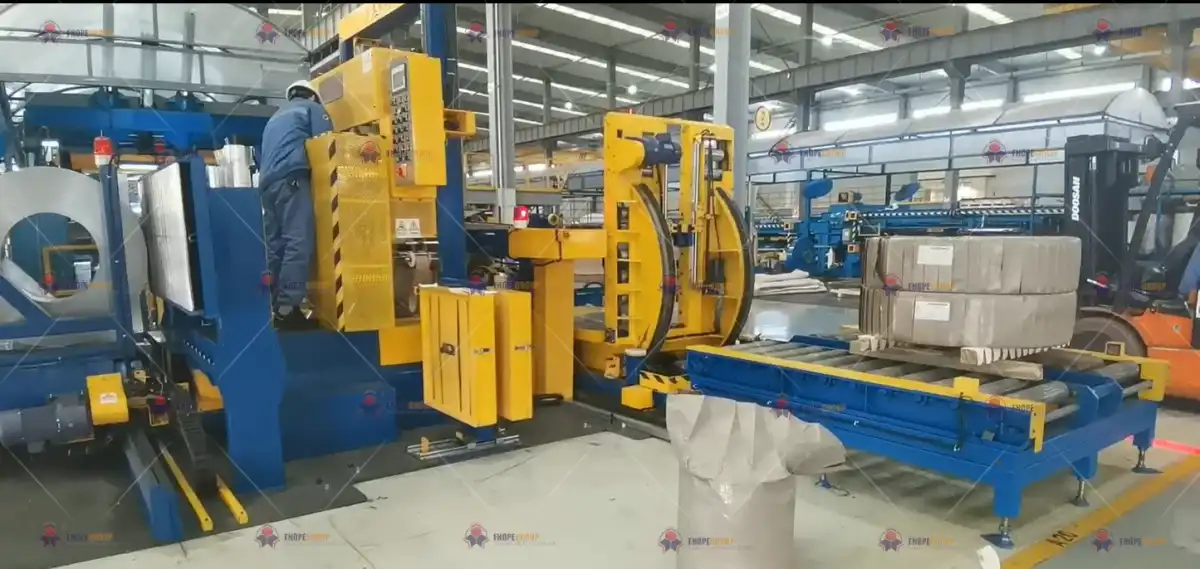
Beyond PPE and Tools: Building a Culture of Safe Unpacking
Creating a truly safe environment for steel strapping removal goes beyond just providing PPE and the right tools. It requires establishing and enforcing safe work practices and maintaining a controlled workspace.
The Danger Zone: Clearance is Key
- Establish a Radius: Define a clear danger zone around the unpacking area, sufficient to accommodate the potential recoil of the longest steel strap being cut. This zone should be clearly marked with signage or physical barriers like cones or tape.
- Personnel Control: Ensure all non-essential personnel are outside the danger zone before any cutting begins. If others must be in the area, they must also wear appropriate PPE.
- Communication: Use clear communication protocols (verbal warnings, hand signals) to alert others when strapping removal is about to commence and when it is safe to re-enter the area.
Workspace Order: Eliminating Trip and Slip Hazards
- Pre-Work Area Inspection: Before starting work, thoroughly inspect the unpacking area for any tripping hazards (loose straps, debris, tools, uneven flooring) and slip hazards (spills, grease, condensation).
- Housekeeping: Maintain a clean and organized workspace throughout the unpacking process. Immediately remove and properly dispose of cut straps and packaging materials.
- Adequate Lighting: Ensure sufficient lighting to clearly see the straps, cutting tools, and potential hazards in the work area. Poor lighting increases the risk of missteps and accidents.
Know Your Load: Anticipating the Unexpected
- Content Awareness: Before cutting any straps, understand the contents of the package. Be aware of materials that may shift, expand, or violently recoil when straps are released (e.g., springs, compressed materials, tightly wound coils).
- Pre-Tension Assessment: Visually assess the tension on the straps. Higher tension indicates a greater potential for forceful recoil. Plan your cutting approach accordingly, starting with straps under less tension if possible.
- Special Instructions: For unfamiliar or potentially hazardous loads (e.g., bales of compressed fibers), consult safety data sheets (SDS) or seek specific instructions from supervisors or experienced personnel.
Cutting Technique: Control and Positioning
- Secure Grip: Use a gloved hand to firmly hold the strap close to the cutting point to minimize uncontrolled movement during cutting.
- Stay Out of the Line of Fire: Position yourself to the side of the strap, not directly in front of the anticipated recoil path. Cut away from your body and any nearby personnel.
- Controlled Cuts: Make deliberate, controlled cuts. Avoid jerky or rushed movements that can lead to loss of control and injury.
Combatting Fatigue: Rest and Rotation
- Break Schedules: Implement regular breaks, especially for tasks involving repetitive strapping removal. Fatigue impairs judgment and slows reaction time, increasing accident risk.
- Job Rotation: Rotate tasks among workers to prevent fatigue and monotony. Fresh perspectives can improve hazard recognition and adherence to safety protocols.
- Hydration and Nutrition: Encourage workers to stay hydrated and maintain adequate nutrition to combat fatigue, particularly in hot or demanding work environments.
By implementing these comprehensive safe work practices and diligently maintaining environmental control, organizations can create a culture of safety around steel strapping removal, significantly reducing the risk of injuries and fostering a more productive and responsible work environment.
Continuous Improvement and Training in Steel Banding Safety
Complacency is the enemy of safety. Protocols gather dust if not actively reinforced and updated. Are your safety procedures living documents, constantly evolving, and are your teams truly invested in a culture of continuous improvement? Or is safety training a one-time event, quickly forgotten?
Ongoing training, regular safety audits, and incident reviews are crucial for maintaining and improving steel banding safety protocols. Training should cover PPE usage, proper tool handling, safe work practices, and emergency procedures. Regular audits ensure compliance, and incident reviews provide valuable lessons for preventing future occurrences.
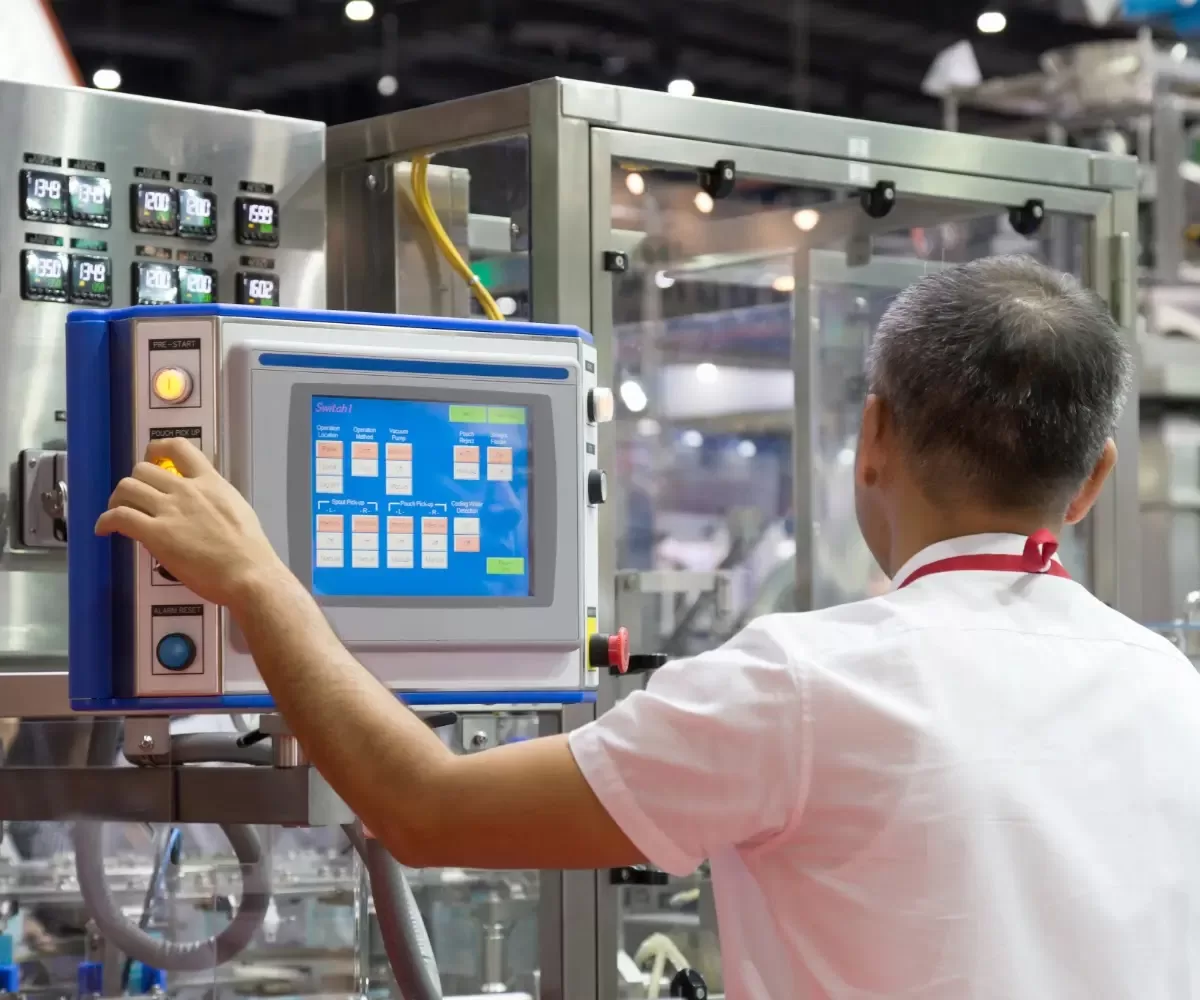
Building a Proactive Safety Culture: Beyond Reactive Measures
True safety excellence isn’t just about reacting to incidents; it’s about proactively preventing them. Continuous improvement and robust training programs are the cornerstones of a proactive safety culture.
Dynamic Training Programs: More Than Just a Checklist
Effective training is not a one-time event; it’s an ongoing process that evolves with changing conditions and best practices:
- Initial Onboarding: Comprehensive initial training for all personnel who handle steel strapping, covering all aspects of safe removal procedures, PPE, tool usage, hazard identification, and emergency response.
- Refresher Training: Regular refresher training sessions (e.g., quarterly or semi-annually) to reinforce key safety protocols, address any observed deviations from safe practices, and introduce updates or improvements to procedures.
- Tool-Specific Training: Hands-on training on the correct and safe operation of all specialized cutting tools, including duck-billed shears and long-handled cutters. Emphasize proper cutting techniques and maintenance.
- Scenario-Based Training: Incorporate realistic scenarios into training exercises, simulating various unpacking situations and potential hazards. This allows workers to practice safe responses in a controlled environment.
- Documentation and Accessibility: Provide readily accessible training materials, safety manuals, and standard operating procedures (SOPs) in multiple formats (paper, digital, video) and languages to ensure consistent understanding and reference.
Regular Safety Audits: Proactive Hazard Identification
Scheduled safety audits are essential for identifying potential hazards and ensuring ongoing compliance with safety protocols:
- Frequency: Conduct regular audits (e.g., weekly or monthly) of unpacking areas and steel strapping handling procedures.
- Scope: Audits should cover PPE compliance, proper tool usage, adherence to safe work practices, workspace cleanliness, and the effectiveness of hazard communication.
- Checklists and Documentation: Use standardized audit checklists to ensure consistency and thoroughness. Document audit findings, including identified deficiencies and corrective actions taken.
- Employee Involvement: Involve frontline workers in safety audits. Their firsthand experience provides valuable insights into real-world challenges and potential improvements.
Incident Review and Learning: Turning Mistakes into Improvements
Every incident, even minor ones, is a learning opportunity. A robust incident review process is crucial for preventing recurrence and improving safety protocols:
- Reporting Culture: Foster a culture of open reporting where employees feel comfortable reporting incidents and near misses without fear of reprisal.
- Root Cause Analysis: Conduct thorough root cause analyses for all incidents to identify underlying factors and systemic issues, not just individual errors.
- Corrective and Preventative Actions (CAPA): Develop and implement CAPA plans to address root causes and prevent future incidents. Track CAPA implementation and effectiveness.
- Communication of Learnings: Share lessons learned from incident reviews with all relevant personnel through safety meetings, bulletins, or training updates. This ensures that everyone benefits from past experiences.
By embracing continuous improvement and investing in dynamic training programs, organizations can move beyond simply reacting to safety issues and proactively build a culture of safety excellence. This not only protects employees from harm but also enhances operational efficiency and demonstrates a commitment to responsible workplace practices.
Conclusion
Mastering safety protocols for cutting steel banding during unpacking is not merely about compliance; it’s about cultivating a safety-first mindset. By prioritizing PPE, utilizing the correct tools, establishing safe work practices, and committing to continuous improvement through training and audits, organizations can transform a potentially hazardous task into a safe and routine operation. Remember, the vigilance applied to [protective measures] today prevents injuries tomorrow.






